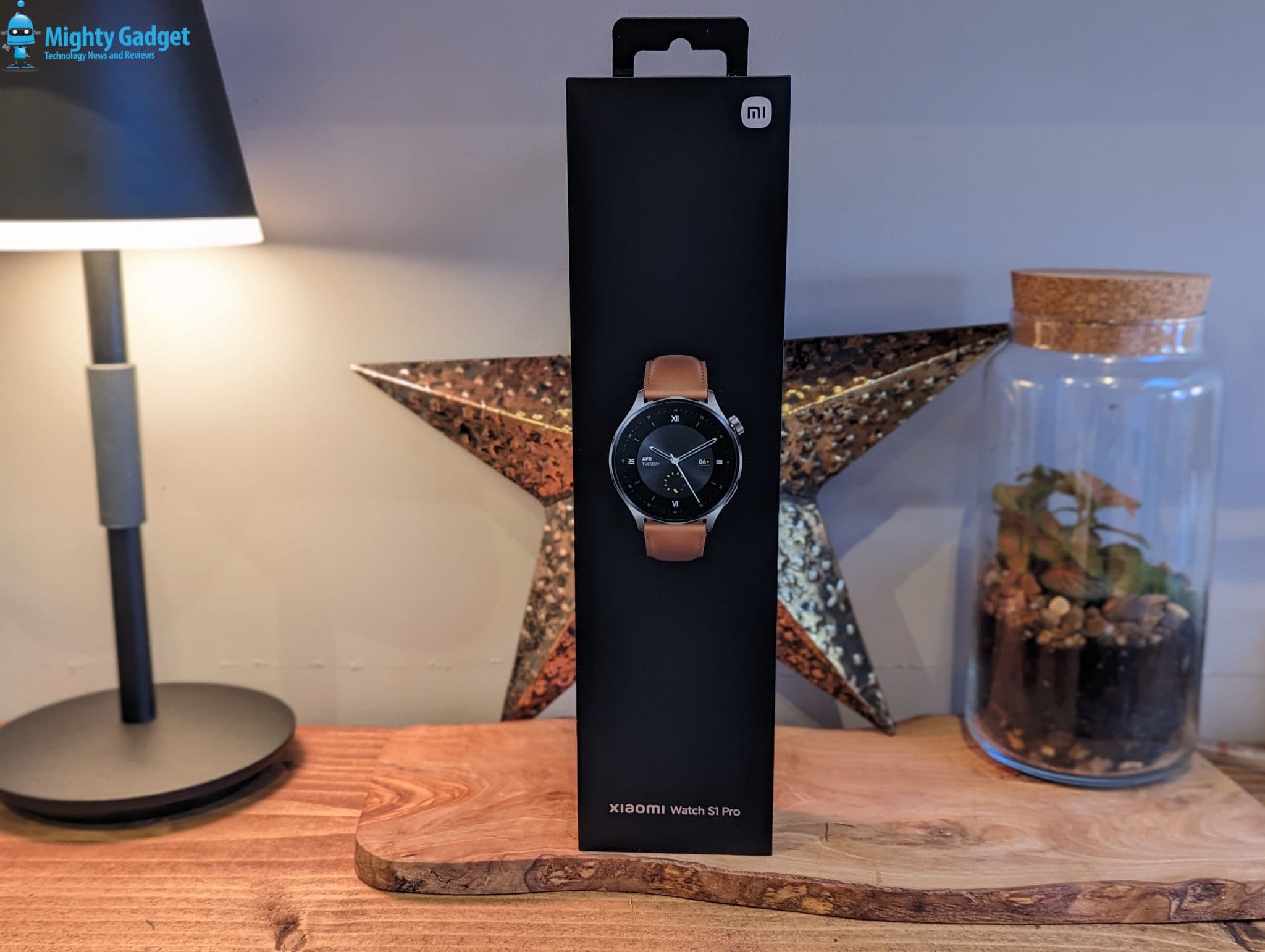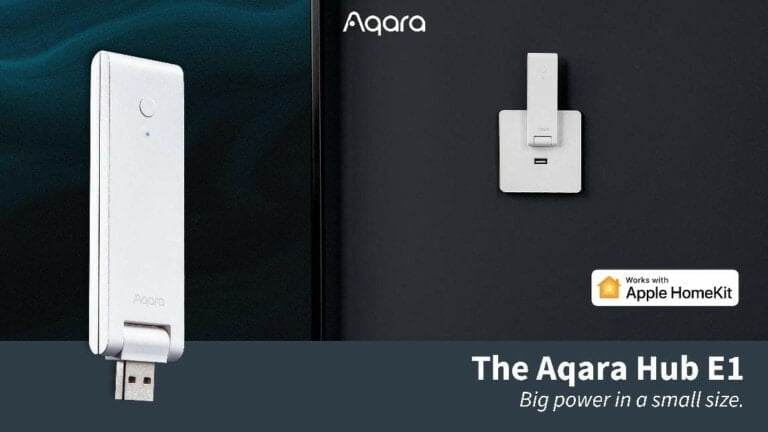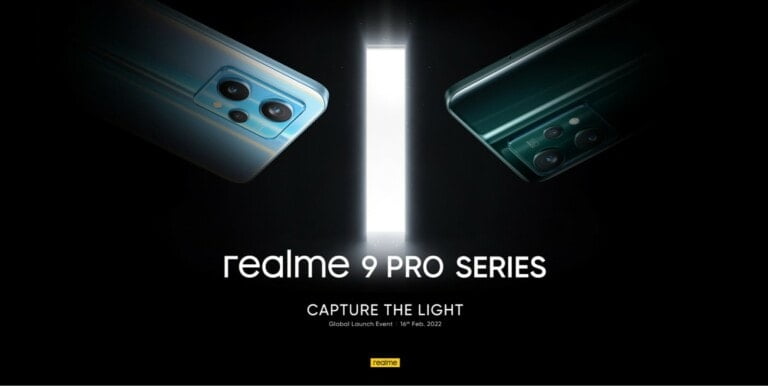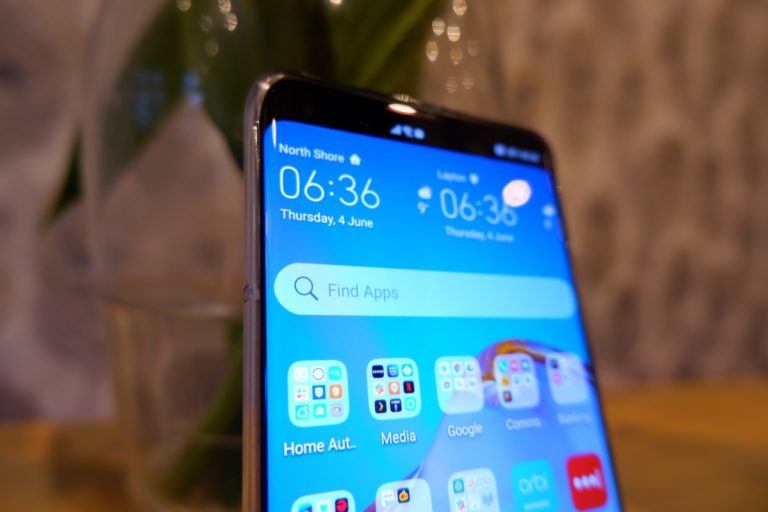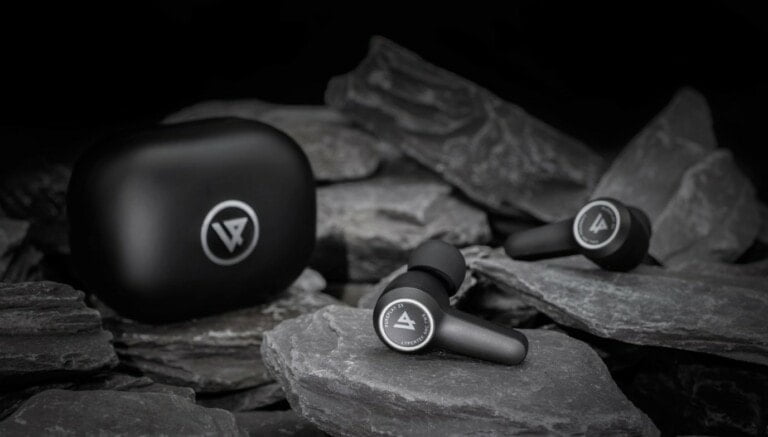Any links to online stores should be assumed to be affiliates. The company or PR agency provides all or most review samples. They have no control over my content, and I provide my honest opinion.
I reviewed the Xiaomi Watch S1 and S1 active this time last year, and I thought both watches were excellent.
As a keen runner and cyclist, I am a bit more of a Garmin man myself, but if I wanted to go for a less fitness focussed smartwatch, I’d certainly be looking at Xiaomi as one of my main choices. Unlike Huawei, Xiaomi makes it semi-easy to export your fitness data to third-party services such as Strava, so it still works well as a sports watch.
As the name suggests, the Xiaomi Watch S1 Pro is a premium version of the existing watches. You have a larger and brighter display with premium materials, including sapphire glass and a ceramic back. This, therefore, makes it a good competitor against the excellent Huawei Watch GT 3 Pro.
I only received this review sample this week, so my time with the watch has been limited. My initial impressions are positive, but this is obviously not a thorough review.
Specification
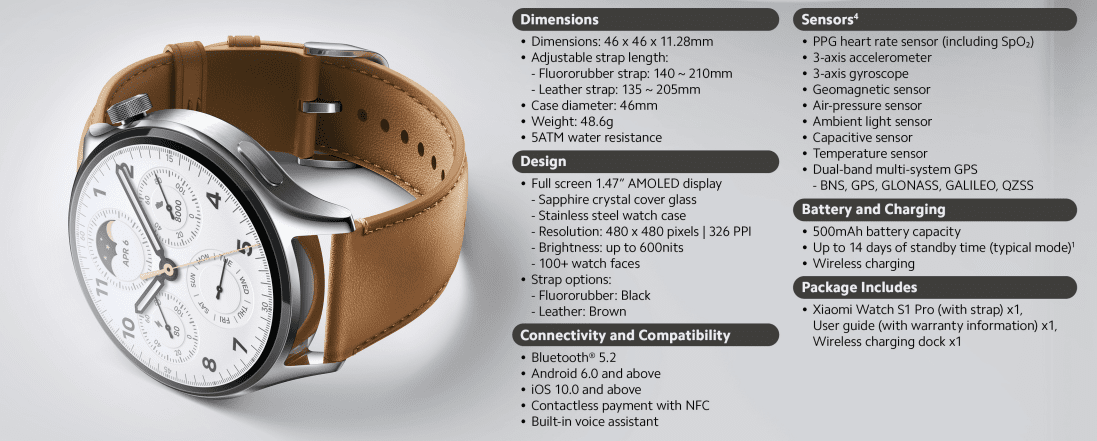
- Classic design with rotatable crown
- 1.47” AMOLED display with 480×480 resolution, 600 nits brightness sapphire glass
- New MIUI Watch OS
- Advanced Health and Workout Tracking
- Built in GPS – Dual-band multi-system GNNS with BNS, GPS, GLONASS, GALLIEA and QZSS
- 100+ Fitness Modes
- 14 days battery with wires charging
- Contactless payments via NFC
- 5AT water resistance
- Sensors:
- Optical heart rate and SpO2
- 3 axis accelerometer
- 3 axis gyroscope
- Geomagnetic sensor
- Air-pressure sensor
- Ambient light sensor
- Capacitive sensor
- Temperature sensor
- Dimensions: 46x46x11.28mm
- Case Diameter: 46mm
- Weight: 48.6g
Design & Differences between Xiaomi Watch S1 Pro vs Xiaomi Watch S1
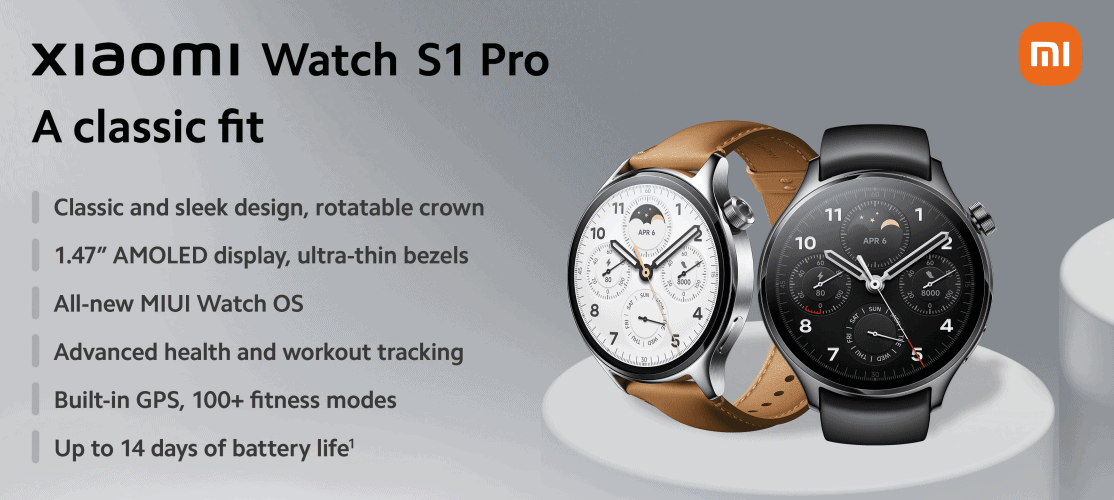
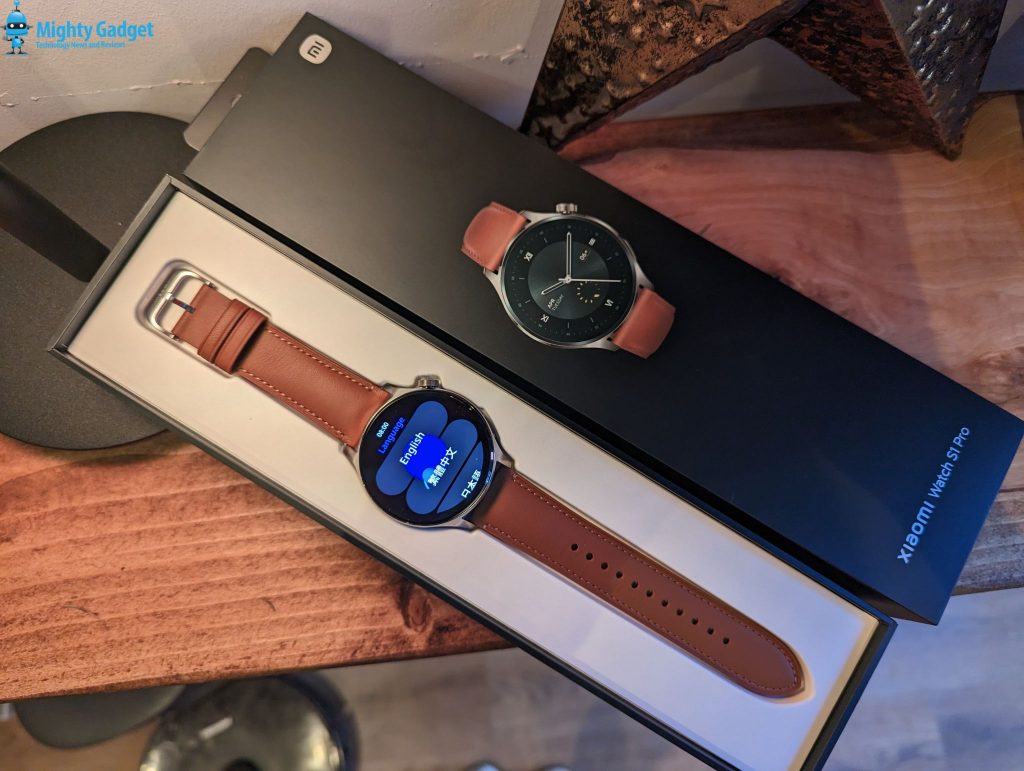
The Xiaomi Watch S1 Pro has the same rough design as the existing Xiaomi Watch S1 but with some nice upgrades and design tweaks. Sadly, my Xiaomi Watch S1 sample has been lost in the ether of boxes in my spare room, so I can’t make photo comparisons.
The glass has sapphire glass for a scratch-resistant and premium feel, but this was present on the normal S1. However, the display is now 1.47” and has a fractionally higher resolution of 480×480 vs 466×466 of the S1.
The dimensions are almost identical. The original S1 was 0.5m wider and higher but 0.28mm thinner.
The specification doesn’t say much else about the materials used, other than they are premium. I am unsure if the case is titanium like the Huawei Watch GT 3 Pro, but it still looks and feels nice. Weight has dropped 4g, so it might be titanium.
The bottom of the watch does appear to be upgraded to ceramic vs the plastic on the original.
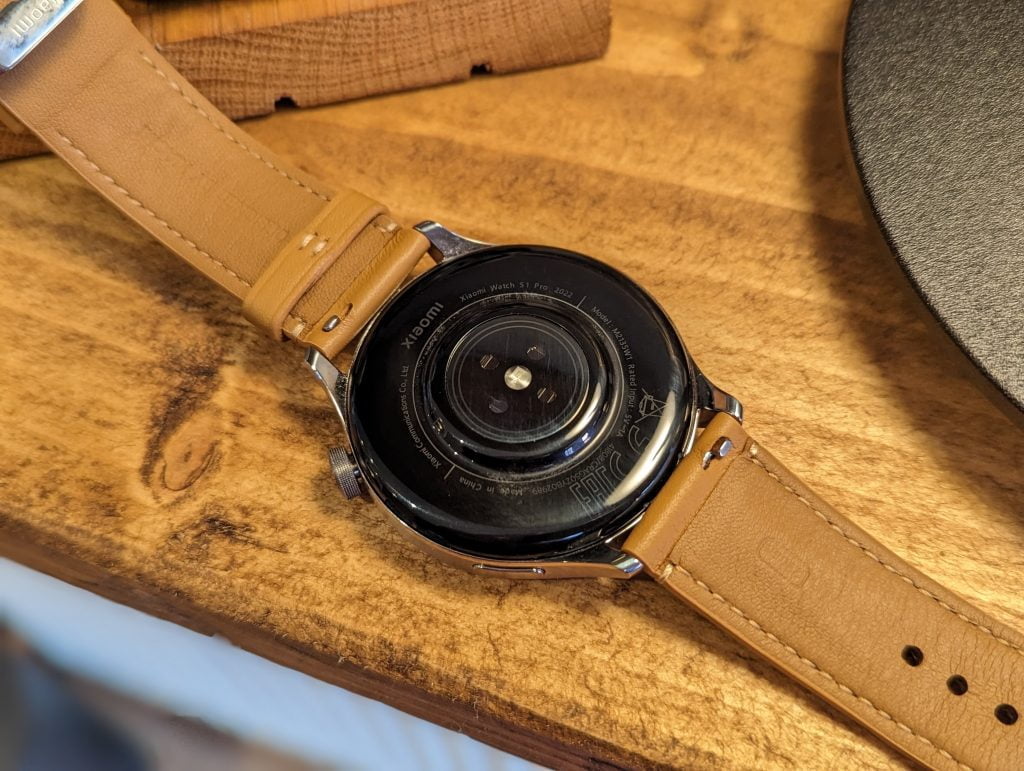
While the S1 Active used a magnetic charger, the S1 and S1 Pro, both use QI charging.
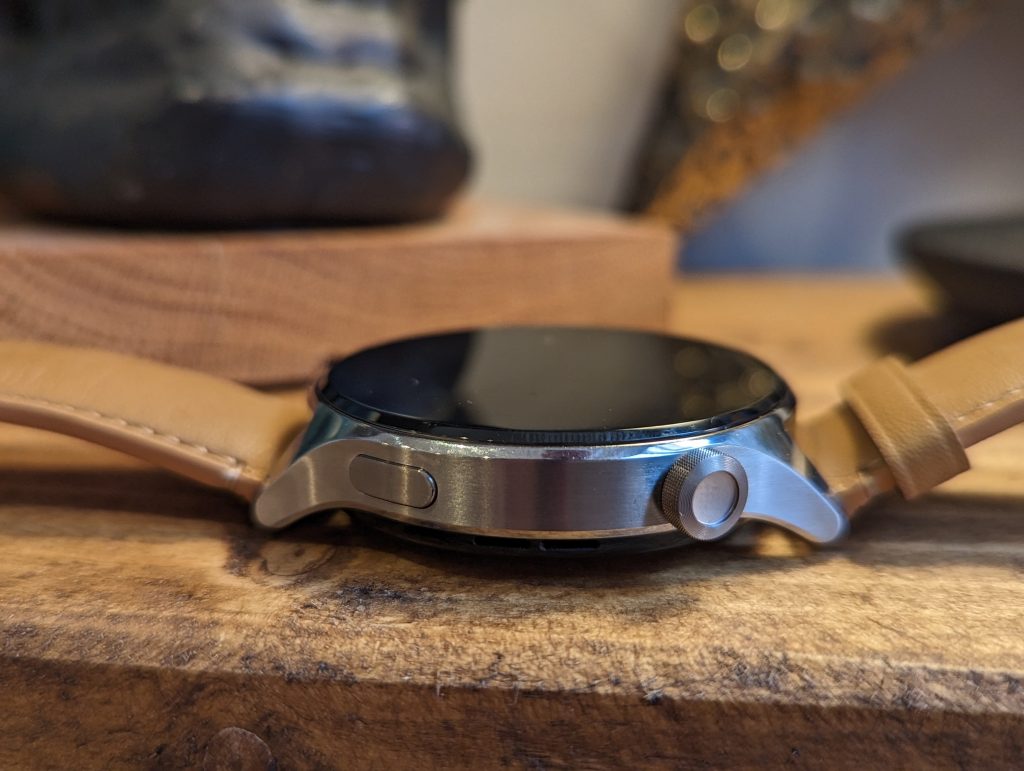
Perhaps the biggest change in comparison to the S1, is the switch from two push buttons on the right to one elongated flat button, then a rotatable crown button which can be used for navigation. The crown looks good and improves usability allowing you to carry out actions without using the touch screen.
It is worth noting that the battery is now 500mAh vs 470mAh, and you should get an additional two days of usage.
The press release states this has a strap option of brown leather or black fluoro-rubber. This will be an option when buying; you don’t get both straps. With this being marketed as the Pro model, I would have liked to have a rubber strap included in the box.
I’d say the Huawei Watch GT 3 Pro feels a bit more premium than this watch, but they are both excellent.
Smart Watch Features / MIUI Watch OS
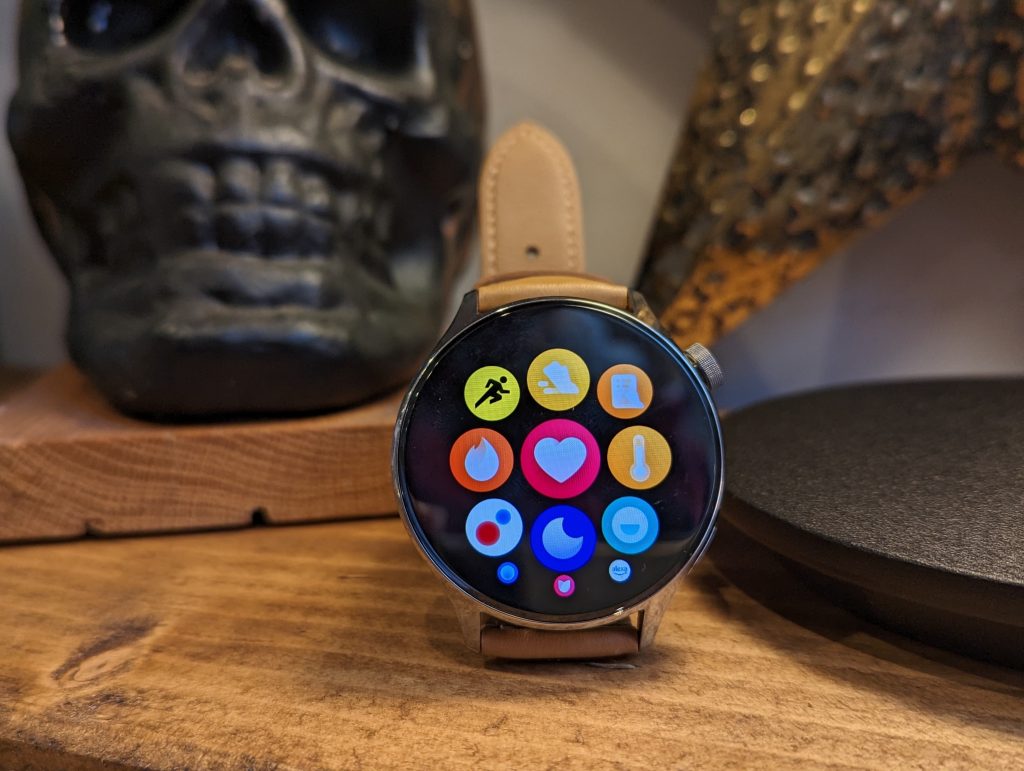
Xiaomi state that this watch has an all-new MIUI Watch OS, but it is not clear what they are offering here. It doesn’t appear to be a brand new OS, it is not like Huawei launching HarmonyOS.
The main difference I can see if that the UI has been upgraded slightly, with the scrollable animations working well with the dial on the crown.
When I reviewed the Xiaomi Watch S1 Active, there were three apps you could install, but this watch has just one with Scientific Calculator. The limited app selection could be due to me using a review sample before the official retail launch.
Health Features
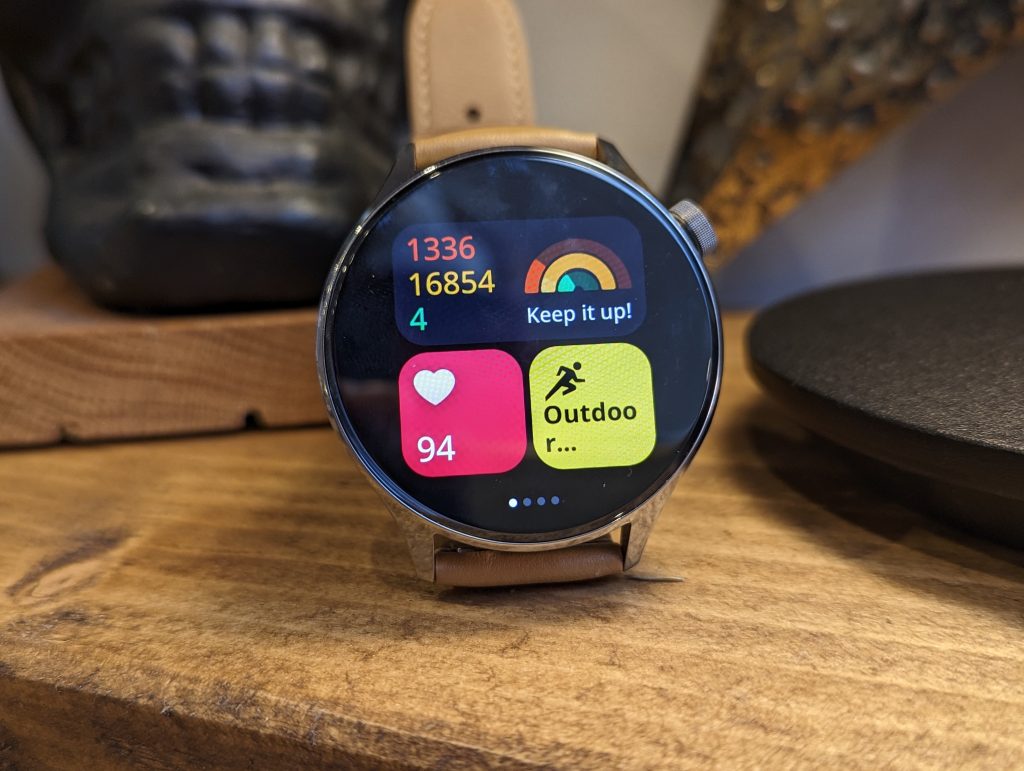
As far as I can tell, the health features are identical to the original Xiaomi Watch S1. You have all the same sensors, and the overall health-tracking features are good.
It ticks most of the boxes you want for health tracking. However, ECG and blood pressure monitoring are starting to become more popular with smartwatches.
Accuracy seems to be good enough, I have not had the watch long enough to compare accurately.
On one night, the Xiaomi said 7 hours 45 mins with 2h 23 mins deep sleep and 3 times waking up.
My Withings Sleep Mat said 7 hours 39 mins sleep with 01h 39 deep sleep and 3 wake up times.
My Garmin Fenix 6 Pro said 6 hours 52, 1 hour 2 min and 3 wake up times.
So the Xiaomi and Withings devices appear to roughly agree with each other.
Fitness Tracking
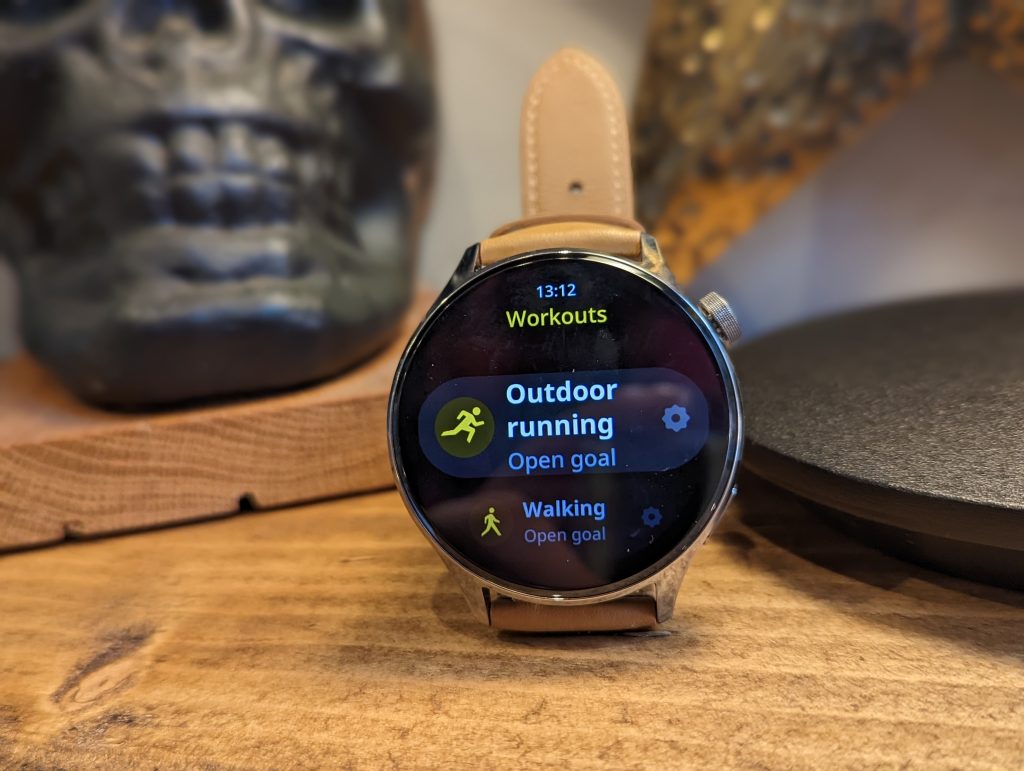
One of the main reasons why I like Xiaomi smartwatches over Huawei is the fact that you can easily export your activities to Strava. It could be better, that’s the only app available, and it would be nice to see a range of third-party services available for export.
The data that gets exported is also quite basic, but it is good enough. You have your GPS data, including pace, map and then your heart rate.
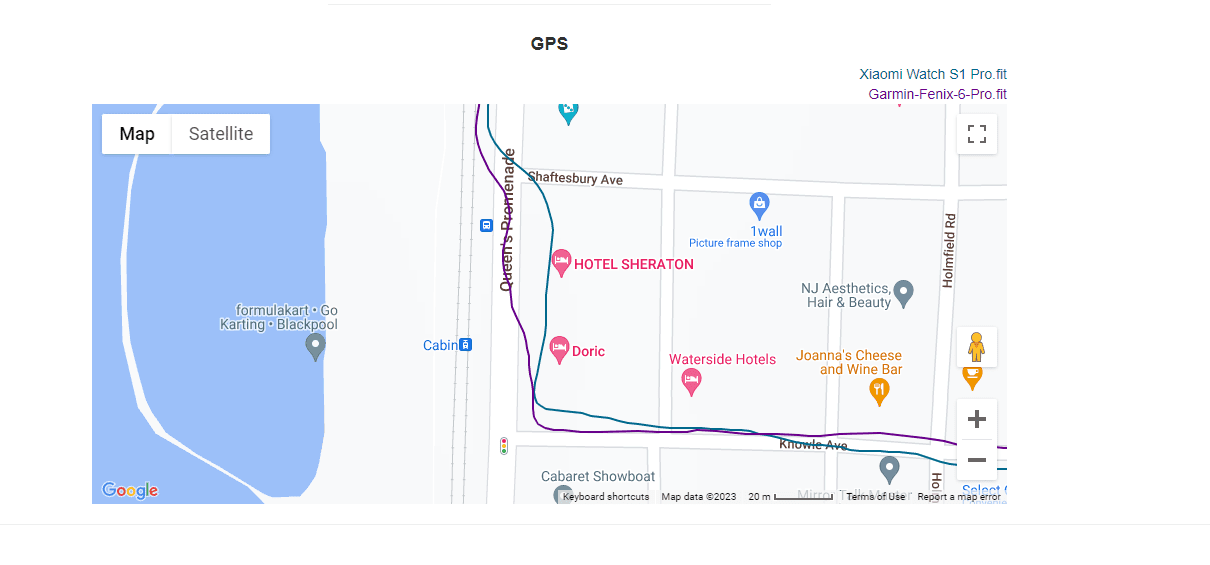

GPS accuracy is good enough. On the few walks and runs I have done, the lines are a bit wobbly, but they don’t stray too far off.
With the leather strap, heart rate accuracy is OK at best. You can’t get it tight enough to be reliable for intense fitness activities. In my most recent long run, the Xiaomi consistently reported my heart rate as being much higher than my chest strap was reporting.

I am unsure if this was available back when I used the original S1, but you can now set challenges for any other friends using Mi Fitness. The gamification of health and fitness made Fitbit a success, and other brands such as Apple and Garmin, have copied this concept. It is a great feature, and it certainly helped me to lose weight when I got into fitness.
Page 2 for battery, price, and conclusion
Originally posted on mightygadget.com
I am James, a UK-based tech enthusiast and the Editor and Owner of Mighty Gadget, which I’ve proudly run since 2007. Passionate about all things technology, my expertise spans from computers and networking to mobile, wearables, and smart home devices.
As a fitness fanatic who loves running and cycling, I also have a keen interest in fitness-related technology, and I take every opportunity to cover this niche on my blog. My diverse interests allow me to bring a unique perspective to tech blogging, merging lifestyle, fitness, and the latest tech trends.
In my academic pursuits, I earned a BSc in Information Systems Design from UCLAN, before advancing my learning with a Master’s Degree in Computing. This advanced study also included Cisco CCNA accreditation, further demonstrating my commitment to understanding and staying ahead of the technology curve.
I’m proud to share that Vuelio has consistently ranked Mighty Gadget as one of the top technology blogs in the UK. With my dedication to technology and drive to share my insights, I aim to continue providing my readers with engaging and informative content.

